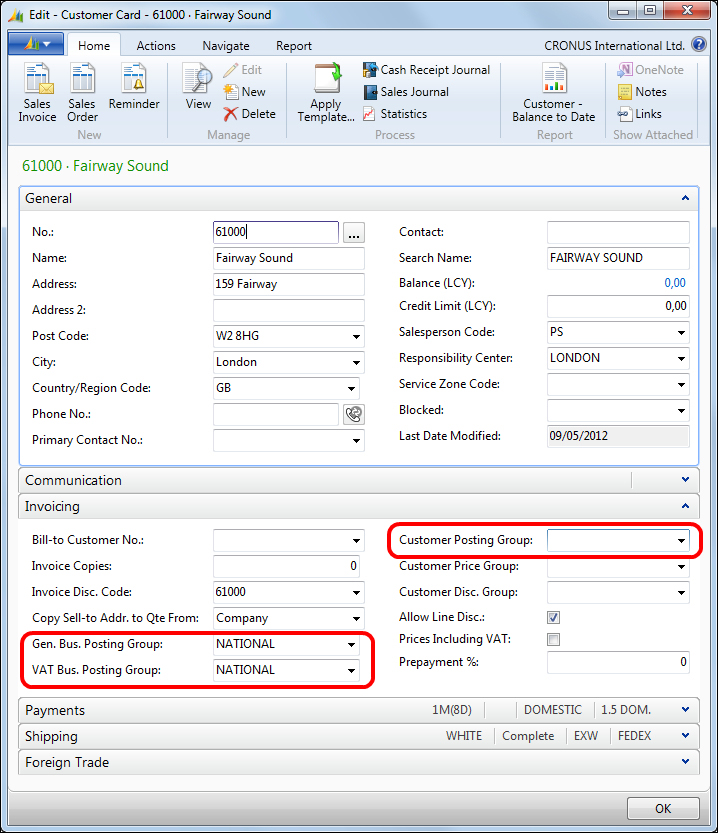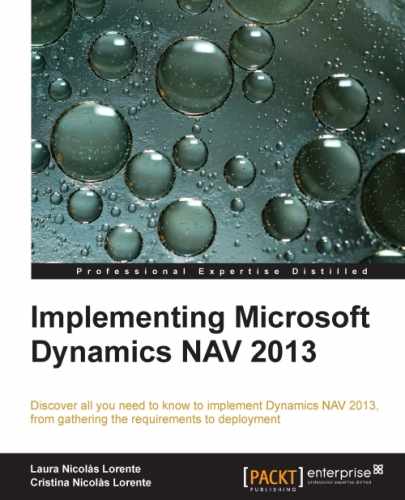Dynamics NAV does not have any kind of save button anywhere in the application. So, data is saved into the database while it is being introduced.
Usually, a record is inserted in its table right after the field (or fields) of the primary key is (or are) filled. Some pages have the DelayedInsert property set to Yes, which means that the record won't be inserted until the user leaves the record, moving the cursor to the next line or to the next card. But the user can leave the record at any point without filling all the fields, so it doesn't make a big difference.
Once the record is inserted, new data is saved right after the user leaves the field, and an undo functionality is not available.
This way of work has one major advantage and one major contra. There's nothing you can do with it, but it is important that you know it and that you transmit it to your users so they don't get frustrated when working with Dynamics NAV.
The major advantage is that users can create any card (for instance, Customer card), any document (for instance, Sales Order), or any other kind of data without knowing all the information that is needed. Let us explain it with an example:
A new customer has to be inserted into the database. For Dynamics NAV, it is mandatory to fill in some information to actually be able to post any transaction with the customer. The mandatory fields are Gen. Bus. Posting Group, VAT Bus. Posting Group, and Customer Posting Group.

As you can see in the previous image, the Customer Posting Group field has not been filled for this customer. It doesn't matter right now; you can leave the card without losing the rest of the information that was introduced, and come back to the card when you have figured out the Customer Posting Group group that has to be used with this customer. The not-losing-the-rest-of-the-information part is important.
Imagine that there actually was a Save button; you spend a few minutes filling in all the information and, at the end, hit the Save button. At that moment the system carries out some checks and finds out that one field is missing. It throws you a message saying that the customer card cannot be saved. So you basically have two options:
- To lose the information introduced until that moment, find out the posting group for the customer, and start all over again.
- To cheat. Fill the field with some wrong value so that the system actually lets you save the data. Of course, you can come back to the card and change the data once you've found out the right one.
Nothing will prevent any other user to post a transaction with the customer in the meantime.
How does Dynamics NAV work then? When is the data checked? It is checked when it is needed. In most cases, information in the master tables is needed when selecting the record either in a document or in a journal line, or when the posting routines are run.
Since customer number 61000 has a relevant field missing on its card, if you try to select this customer in Sales Order, you will get a runtime error that will say Customer Posting Group must have a value in Customer No.=61000. It cannot be zero or empty..
Some other data, such as the posting dates, will be checked when posting the transaction. You can set up your Dynamics NAV solution so that you only allow your user to post transactions using a specific range of dates. Posting dates can be restricted for the whole company or only to certain users.
Posting dates are an example of data that the system checks while posting the transaction. If posting dates are not allowed, an error message will be thrown saying Posting Date is not within your range of allowed posting dates..
There is one main contra of this way of checking data, that is, that all the problems come at the end. It is like when we have to post the shipment, the shipping agent is waiting with his truck, we are already late, and Dynamics NAV throws an error message and doesn't allow the shipment to be posted. So the shipping agent cannot leave yet, and the person responsible for the missing data is not in the office to solve the problem.
The person who posts the documents is the person who gets most of the errors and is usually the one with less responsibility. There is no way to restrict the person from creating Customer or Item to leave the card if data is missing.
Of course, even if Dynamics NAV allows it, the company must have business rules that people have to follow, they must be responsible for their work anyway. This means that people working with Dynamics NAV should know what to do, what not to do, and the consequences of both. You need thinking people.
If the company needs non-thinking people, who are just allowed to do a couple of things in Dynamics NAV, and you need the system to lead them through all the process, then Dynamics NAV is probably not the system that the company needs. In some special cases, a new functionality can be developed to guide users in one specific area, but don't try to do it everywhere in the application.
